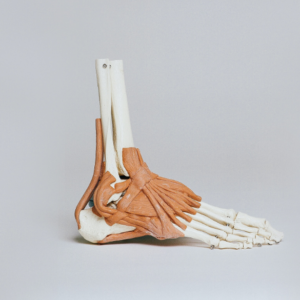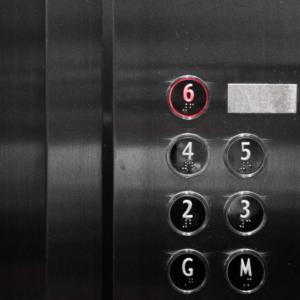
Plaintiff v. Nonprofit Mental Health Services Agency
Supreme Court, Richmond County
A teenager had been referred by the NYC Administration for Children’s Services (ACS) to a short term, residential diagnostic center in Staten Island for a mental health evaluation, but she eloped from the facility without spending a night. Two months later, she was struck by a car on a Staten Island street and badly injured, sustaining numerous major skeletal fractures and injuries to internal organs, including the lungs, kidneys, diaphragm and abdomen. She sued the nonprofit mental health services agency that operated the residential diagnostic center, alleging that she had been carelessly supervised, negligently permitted to exit the facility, and not actively searched for and collected by the agency, rendering it liable for her injuries. Before the close of discovery, we moved for dismissal under CPLR Rule 3211, arguing that the action as posed against the agency had not been timely filed after the plaintiff reached the age of majority, and that the doctrines of “relation back” and “united in interest” (to the interests of co-defendant ACS, which had been timely sued) did not apply to the facts of the case. We also asserted that the plaintiff could present no evidence to demonstrate that there was a simultaneous mental incompetency toll (of the statute of limitations) in place that continued after the expiration of the infancy toll, allowing her to properly sue the agency on the date that she did. The court granted our motion, dismissing the action due to the plaintiff’s failure to have timely commenced it.



